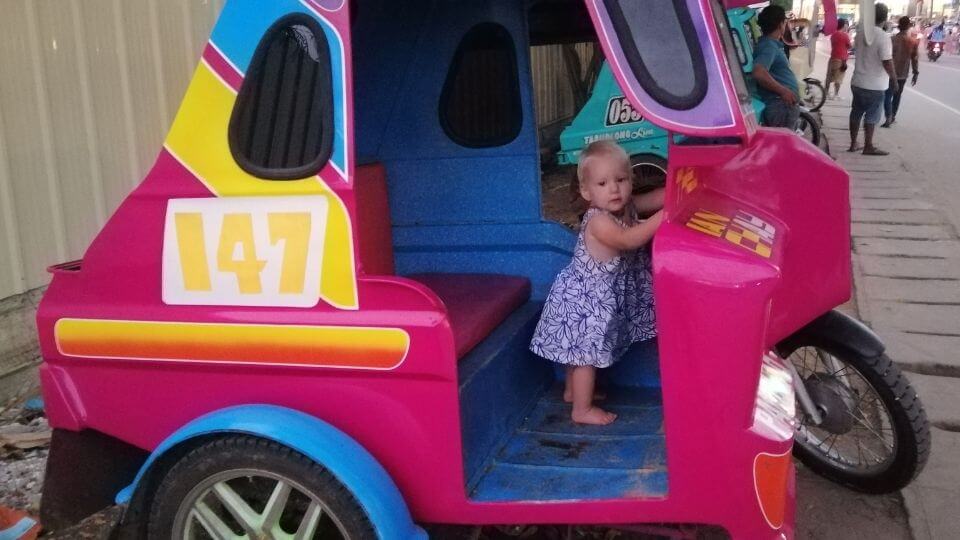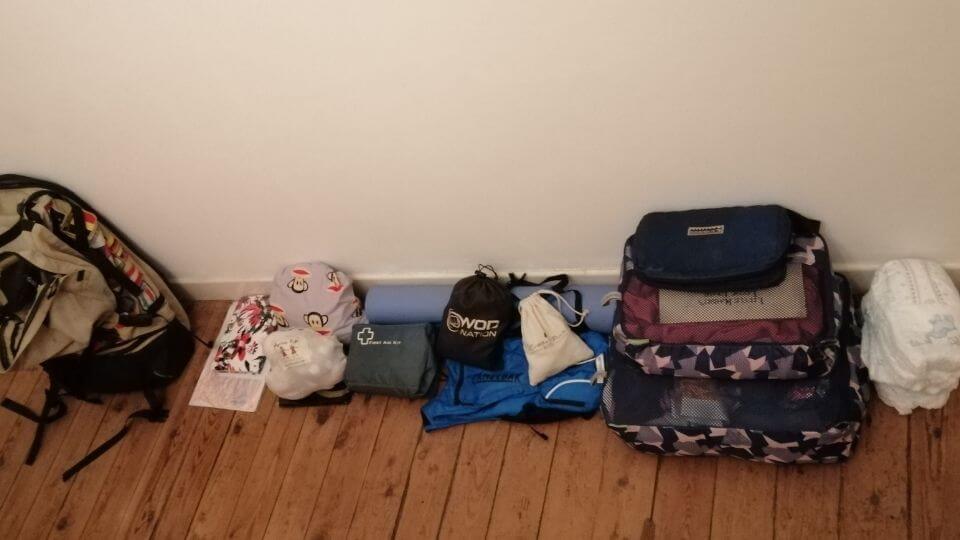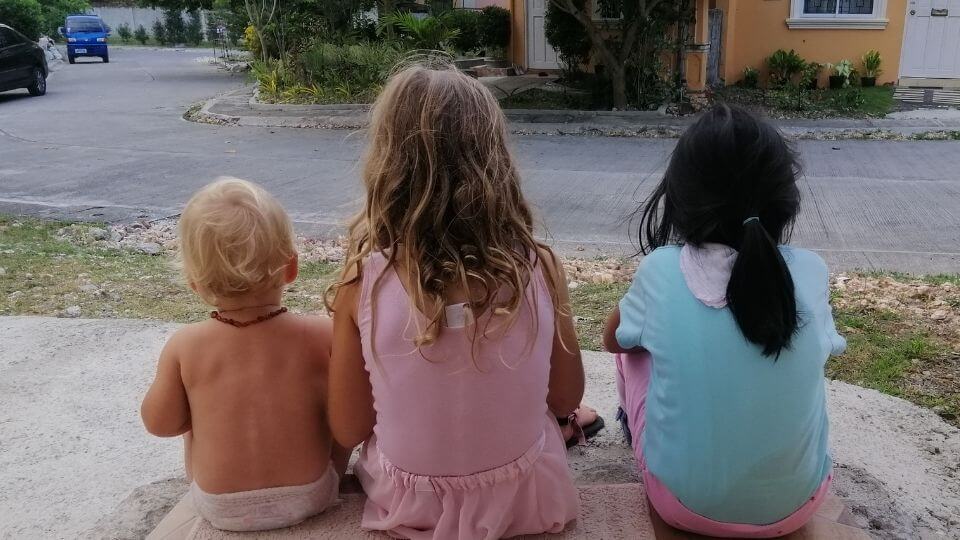What is Slow Travel?
Slow travel means embracing slow living by emphasizing the connection to food, the local community, and culture. Slow travel can be for a defined period, such as staying in one location for several months. Or it can be a full-time lifestyle.
A slow travel experience is less about how you move physically around the world and more about your state of mind. The goal of slow traveling is to maximize the educational and emotional impacts of travel. This is in contrast to maximizing the number of tourist attractions or tourist experiences you have. In that sense, slow travel is not just a way to vacation: it is a lifestyle.
The slow travel lifestyle encourages you to immerse yourself in local life and absorb an authentic experience. By developing meaningful connections to a community and its culture, it encourages you to pause and reflect on the effect you have on others, as well as their effect on you. In becoming more immersed and involved in a community and in the different aspects of their culture, you can reflect on the layers of your own cultural and societal influences.
Below are five reasons to consider a slow travel lifestyle. Travel tips for those who are new to the slow travel movement or who are unfamiliar with slow living are included.
1. You Are Less Likely to Be Exhausted When You Return
Travel can be stressful, but arguably, it should not be. After all, isn’t the goal of travel, to some extent, to relax? Tourist burnout is a real thing. It is a term meant to describe melancholy exhaustion associated with ongoing travel.
The excitement of seeing new places, interacting with new people and enjoying new cultures fades away. Instead, it is replaced with a malaise or even resentfulness about travel. The thrill of crossing things off a bucket list gives way to panic or anxiety about being unable to finish. This robs you of the very thing that one brought you so much joy.
When you travel slowly, you will not feel pressured to see every site in your guidebook. Rather, you may fall in love with just a few local markets, shops, or cafes. Instead of running at full speed from one locale to the next, you avoid tourist burnout by taking things a little more slowly.
You do not have to see everything in one trip, and your trip does not have to be an idealized perfection. Instead, you can reserve some experiences so that you have something to look forward to when you come back.
Our day-to-day lives already move at an incredibly rapid pace. Travel should be the time to get away from the chaotic whirlwind and slip into a more natural pace of a different culture. You can take a beaten path through the woods to the most gorgeous view of the horizon. Or you can relish in the experience of sipping local wine on your vacation rental balcony and people-watching.
The practice of slow traveling is meant to allow you to set your own pace. This concept can be applied to your interior journey, exterior journey, or both.

2. Slow Travel is Easier on Your Wallet
Slow travel allows you to stretch your dollar further. By staying in one place for a month or more, you will typically reduce your transportation costs. Slow travel also encourages vacation rentals, which tend to be more cost-efficient than hotels. Many vacation rentals include kitchens so that you can cook your own food (using local ingredients, no less!) instead of eating out for every meal.
But even if you do go out, slow travel allows you to truly enjoy local food in a different way. Chains are available everywhere, and while there may be some variety on the menu, you will never have the same experience as a mom-and-pop style restaurant that has been operating for generations.
Even better, the longer you stay in one place, the more you develop relationships with the members of the community in that destination. What better way to learn how to cook authentic regional cuisine than from the people who live there? And after all those hours of cooking and eating, what else will you learn, both from them and of yourself?

The simplicity of minimalist living
Slow travel as a lifestyle is economical in other ways. It forces you to effectively become a minimalist. After all, you can only bring what you can take with you on a flight. What can you pack into a backpack and maybe one other suitcase?
Essentially, you are necessarily restrained in what you can purchase or what you can take with you. This means you can spend more time immersing yourself fully in experiences rather than placating yourself with meaningless trinkets or kitschy souvenirs. Instead of collecting magnets or shot glasses, slow travellers collect stories of the people they meet. And at the end of the day, there is nothing more valuable than the stories we carry with us.
The photo below offers a little insight to what we travel with – this is the current contents of Elly and Romy’s shared backpack.

If you’re interested in simplistic, minimalist living, I’ve linked to our downsizing and decluttering playlist below. It’s a 10-part series that shares our journey of downsizing when we were preparing to slow travel full time. The playlist continues on to the second part of our downsizing journey when we returned home for a visit and emptied our storage unit.
3. Slow Travel is Better for the Environment
An advantage to slow travel is that it tends to be more environmentally friendly than other modes of travel. By engaging more intimately with one destination as opposed to spending seven days running around four cities, you’re more likely to utilize forms of transport like trains, bicycles, local metro, or even your own two feet. All of these unequivocally produce less of a carbon footprint than a plane.
The slow traveler is usually more mindful of their impact on a certain location. Instead of contributing to massive corporate conglomerates, a slow traveler will usually make a larger immediate economic impact on the local community. They spend money at a local coffee shop, and then perhaps walk to a local park to see the statues or the native flora.
Maybe after, they’ll toss a few bills to a local artist playing in the park. On their walk home to a vacation rental owned and operated by a local family, they will purchase food from a local street vendor.
4. You Absorb Better Experiences
Traveling slowly is about the quality of your experiences as opposed to the number of your experiences. If you are traveling for quantity and trying to maximize your Instagram-worthy photography, did you really travel for yourself? Or did you travel to show off to others?
Because of the relaxed, slow-paced nature of this lifestyle, travelling slow also requires a more thoughtful, grounded approach to living. Instead of constantly thinking about the future, you may just be thinking about the next five minutes, or the next twenty steps.
You may need to research local customs and traditions so that you can adequately prepare for an upcoming holiday season or religious celebration. Learning some of the local language may be necessary. You will almost certainly venture beyond tourist attractions to seek out local gems that give you a more unique experience.
Some slow travellers will work or volunteer abroad. Working abroad – paid or otherwise – necessarily involves interacting directly with locals, developing an understanding and appreciation for different cultural customs. It provides you with an opportunity to develop stronger bonds with your co-workers or the people you serve. In turn, this brings you closer to the local culture.
5. Slow Travel is More Respectful of the Local People & Culture
Instead of breezing through major tourist sites and contributing to economic disparities between true local artisans and scam artists, slowing down your travel allows you to be more respectful of the local people and culture.
By slowing down, you will find yourself noticing the details and nuances of local culture. Instead of buying another tchotchke that you will throw out in 3-5 years, you are more likely to engage with local artists who create quality, handmade goods that you can cherish for a lifetime.
This is underscored even further when you take the time to interact with the artist, listen to their story, or just watch them create beautiful works of art. Instead of keeping your nose buried in a tourist guide, you can challenge yourself to observe the world around you. In turn, you can take advantage of unplanned, but valuable, experiences.
One of the strongest appeals of slow travel is immersion in community and local life and truly absorbing the experience. Slow travel encourages you to develop connections with the people you meet, to take the time to talk to them and learn from them. These connections and interactions will impact you for so much longer than the memories you would otherwise have racing from one tourist attraction to the next.

Do you think slow travelling is for you? Consider looking at some slow travel blogs for more inspiration on your next trip.
![Logo-P&P-Red&Yellow [248x83] Logo-Parenting and Passports [Red&Yellow] [248x83]](https://parentingandpassports.com/wp-content/uploads/2023/10/Logo-PP-RedYellow-248x83-PNG.png)


